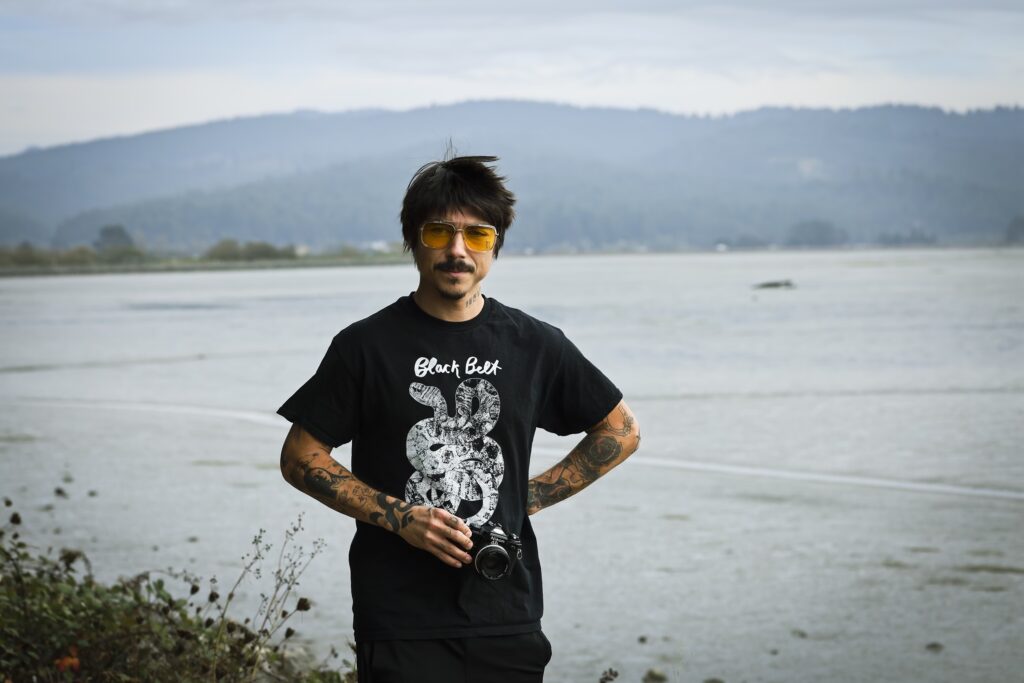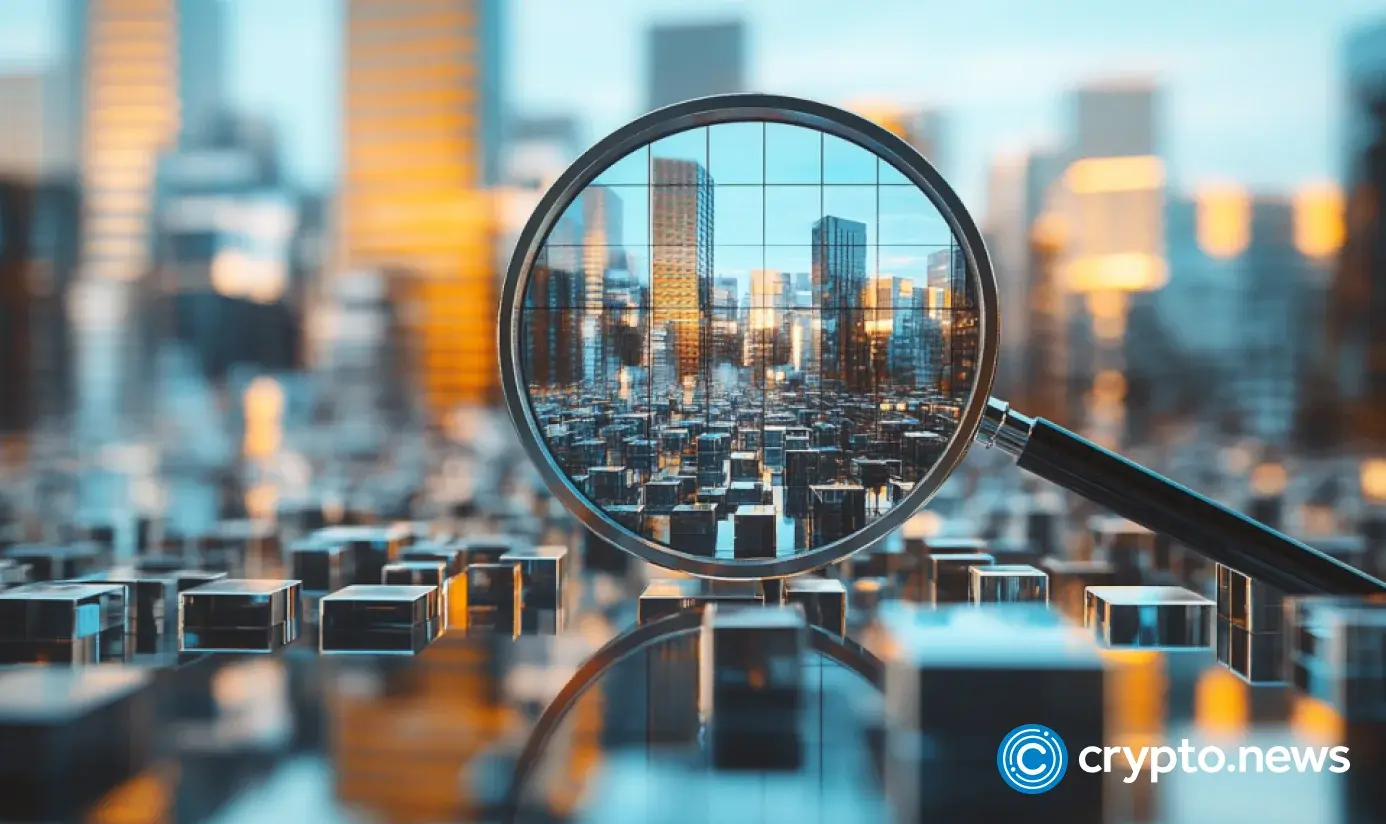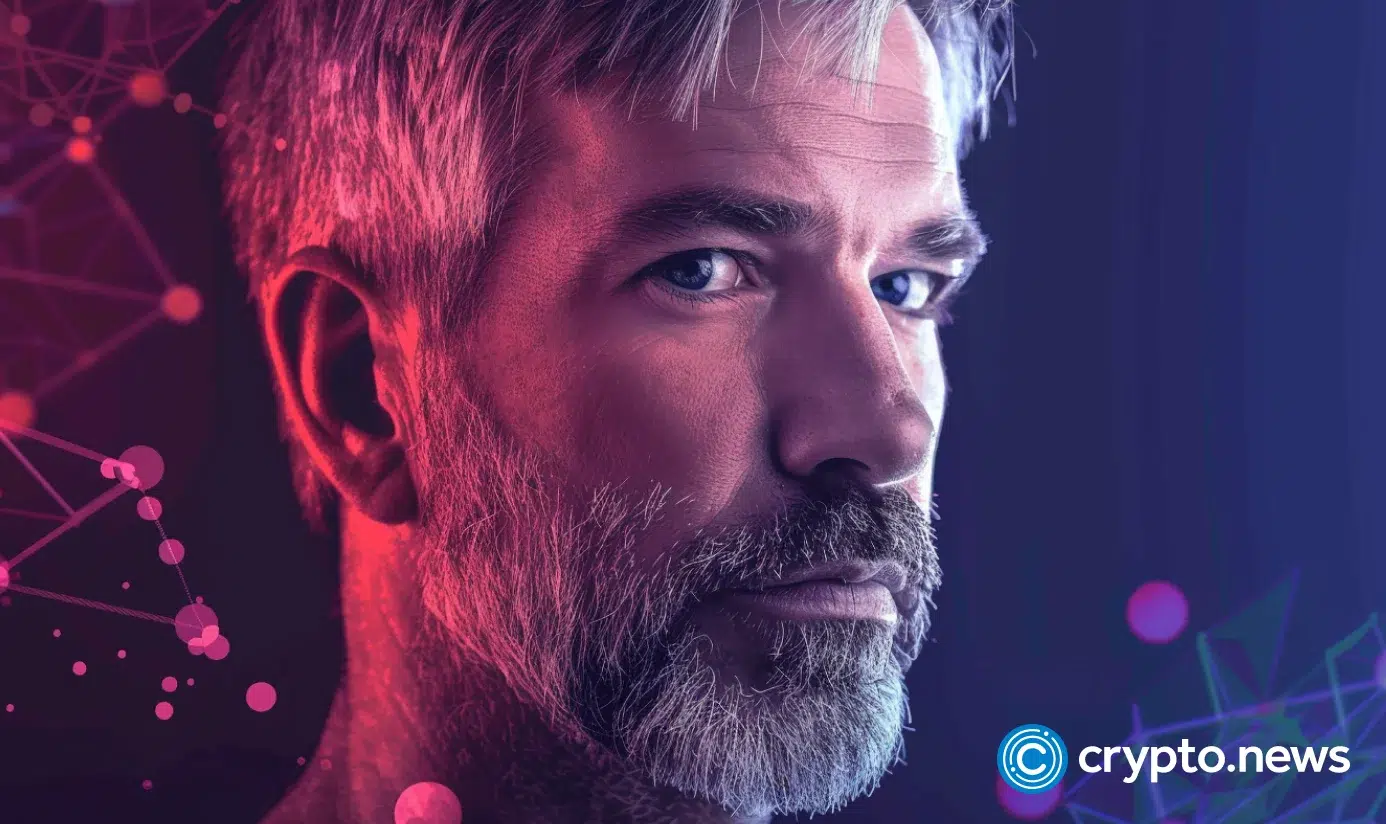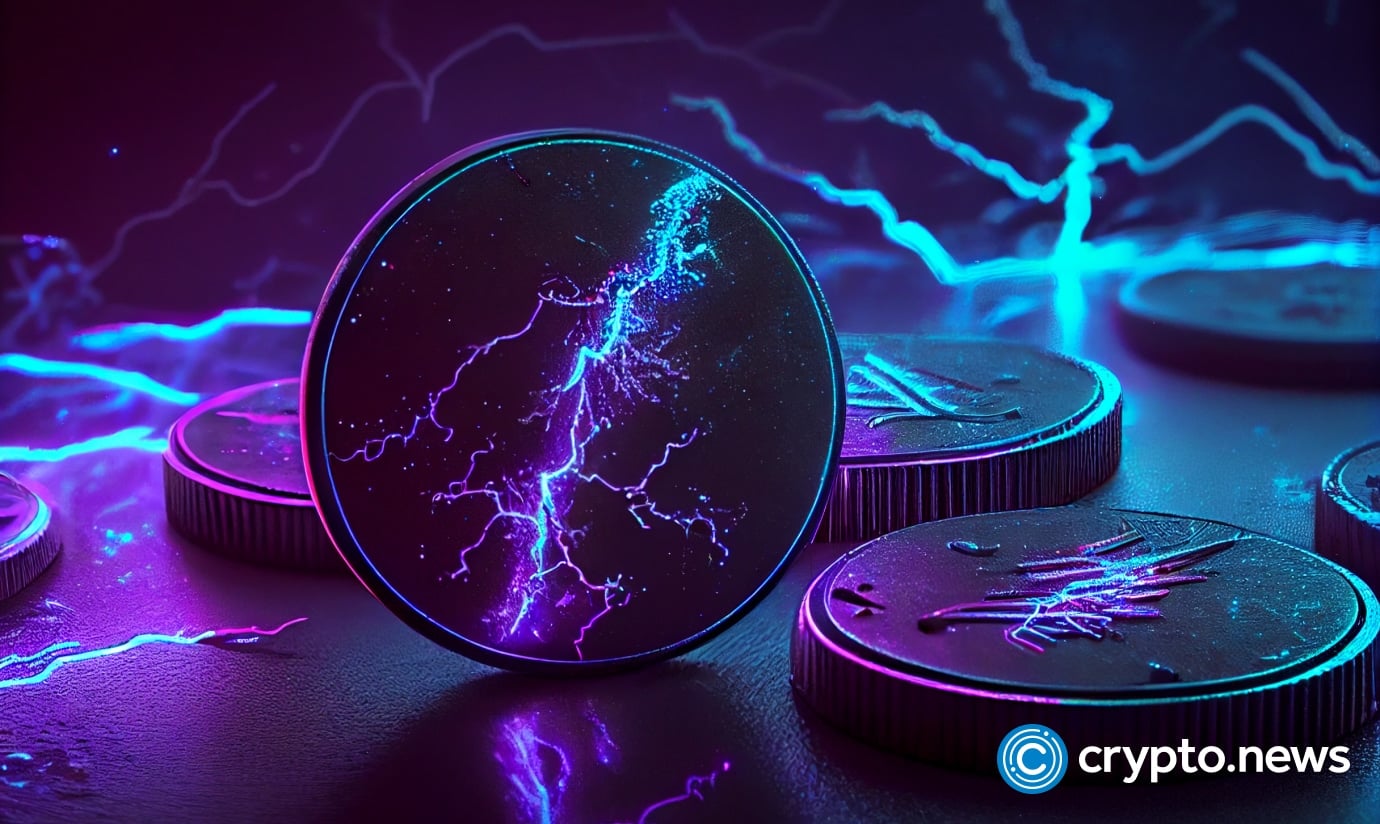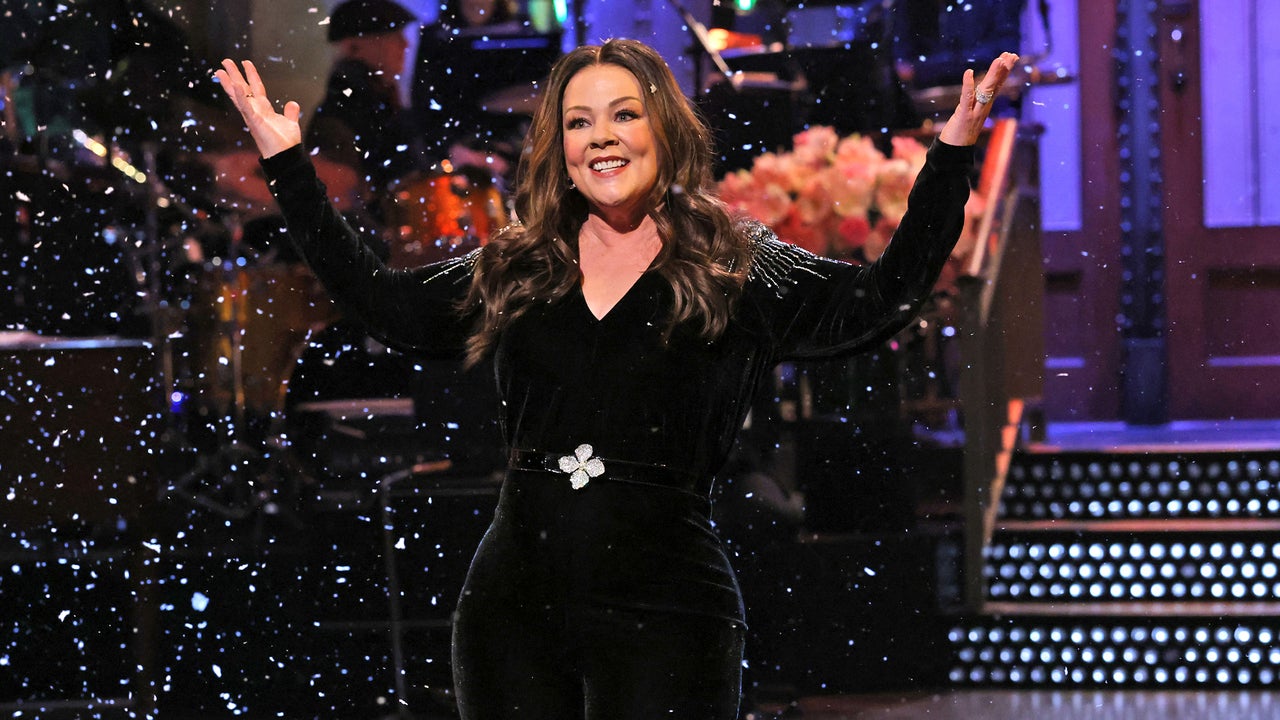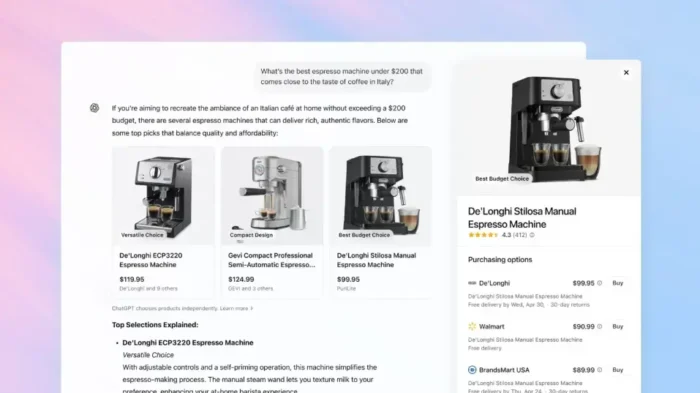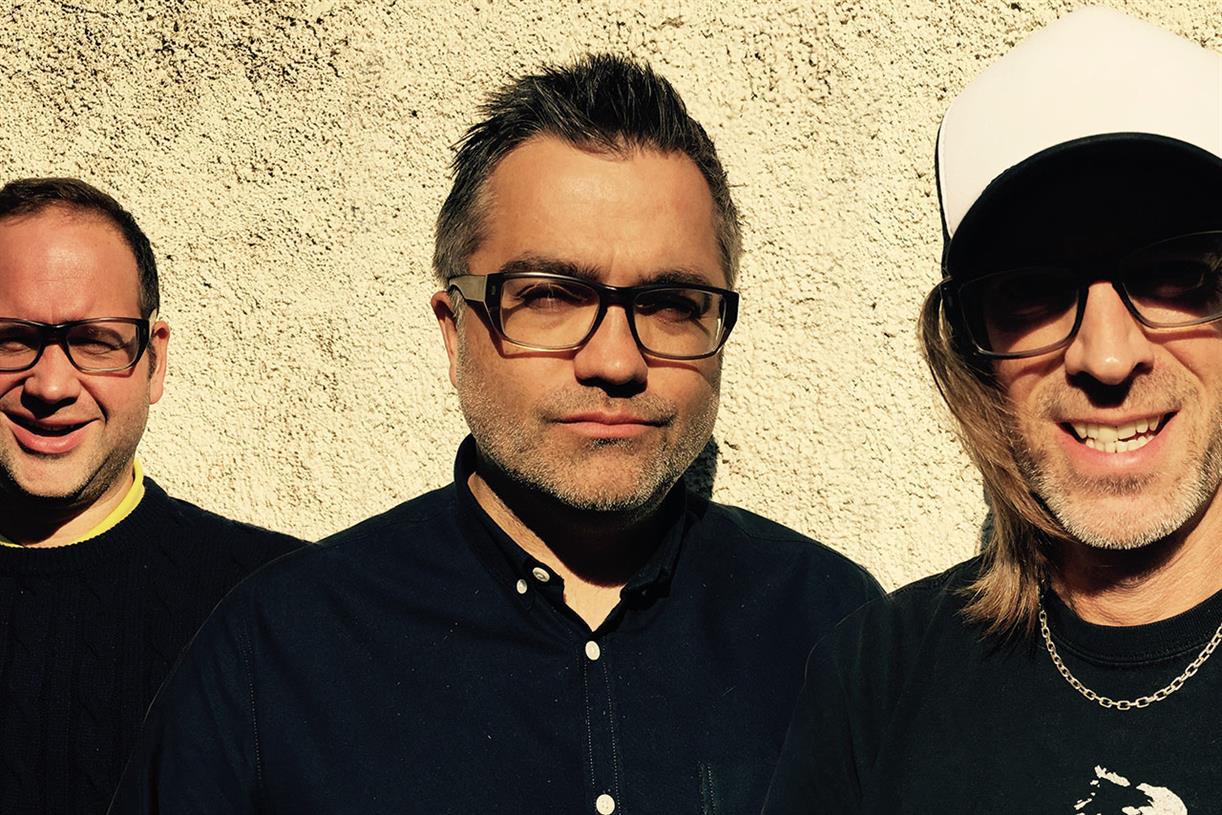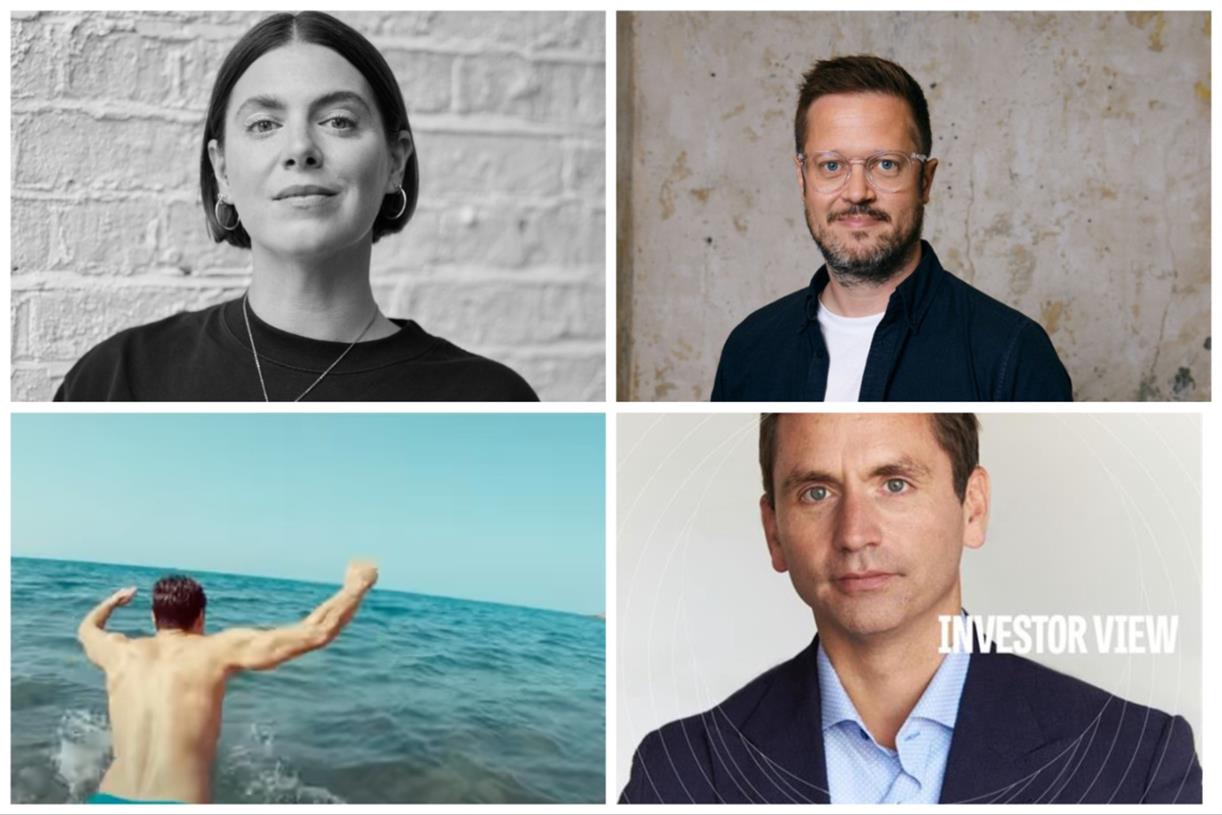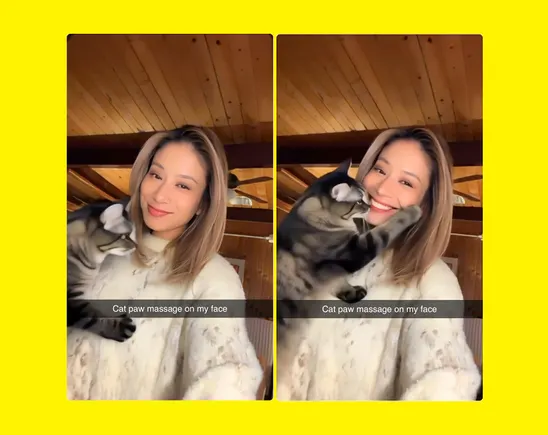Jane Goodall Died—And Left a Legacy You Can’t Unsee
Jane Goodall died, and if you felt your heart drop, you're not alone. I gasped, froze, then full-on spiraled into a National Geographic stream like it was 2003. And guess what? So did half the internet. Because when someone...

Jane Goodall died, and if you felt your heart drop, you're not alone. I gasped, froze, then full-on spiraled into a National Geographic stream like it was 2003. And guess what? So did half the internet. Because when someone like Dr. Jane Goodall dies, it doesn't just hit the news—it hits the soul.
This isn’t just about another famous figure leaving us. Jane Goodall was a revolutionary. A British primatologist, ethologist, and honestly, a global treasure. Her work didn’t just change how we look at wild chimpanzees—it changed how we look at ourselves. Goodall became a household name through her engaging storytelling in books and documentaries about her chimpanzee research. So yes, Jane Goodall died, but her voice? Still louder than most people living.
Jane Goodall appears in schools, in conservation movements, and in the hearts of everyone who grew up watching her speak to animals like they were long-lost cousins. She didn’t just teach us about chimpanzee society—she taught us about compassion, resilience, and being a voice for those who can’t speak for themselves.
In this article, I’m taking you through the online chaos, the outpouring of love, the scientific revolution she sparked, and why the death of Dr Goodall matters way more than a breaking headline. Buckle up, because this legacy? It’s one you can’t unsee. And honestly, you shouldn’t even try.
Jane Goodall Died—And the Internet Broke
When news broke that Jane Goodall died, Twitter, Instagram, and even dusty ol' Facebook imploded. “Miss Goodall” was trending globally within minutes. People weren’t just sharing photos; they were posting full-blown essays and crying in the captions. Her quotes flooded timelines like digital flower offerings.
Jane Goodall appears in tribute art, fan reels, and more “In Loving Memory” TikToks than I could count. If you’re wondering what it takes to break the algorithm, apparently it’s losing one of the most beloved humans of our time. Not exaggerating. The Jane Goodall Institute’s tribute post alone racked up millions of shares in less than 24 hours.
Jane Goodall was my first childhood hero, as I loved animals as a kid and was inspired by her story. I still remember the National Geographic specials about her. RIP. pic.twitter.com/TFiQFxmZJW
— derek guy (@dieworkwear) October 1, 2025
Hashtags on Jane Goodall trended across continents. Even people who didn’t know what an ethologist was were crying like they lost a favorite grandma. And honestly? That makes sense. Dr Goodall wasn’t just a scientist. She was the voice of the natural world, and that silence is deafening.
RIP Jane Goodall. My all-time favorite photo of Jane by Michael “Nick” Nichols… pic.twitter.com/djsWhD23H4
— Patrick Witty (@patrickwitty) October 1, 2025
Even news outlets that usually don’t care about animals gave her front-page love. It was as if the world collectively realized we lost someone irreplaceable. And for once, the internet united—not for drama, not for memes, but for mourning a woman whose kindness and courage shook the planet. It was a rare moment of digital humanity. And honestly? We needed that.
Celebrities, Activists, and World Leaders Speak Out
Dr Goodall’s death wasn’t just internet chatter. The biggest names in climate, politics, and Hollywood dropped everything to pay tribute. Leonardo DiCaprio called her “a voice for the voiceless” and reposted her old speech from the Bloomberg Philanthropies Global Forum. Priyanka Chopra added a quote about “wild compassion” with a baby chimp emoji. Respect.
Leonardo DiCaprio is paying tribute to a fellow environmentalist, his friend and colleague Jane Goodall, who died Wednesday:
“Jane Goodall devoted her life to protecting our planet and giving a voice to the wild animals and the ecosystems they inhabit. Her groundbreaking… pic.twitter.com/IL4rm2Dd02
— Variety (@Variety) October 2, 2025
UN Secretary-General António Guterres called her a “Messenger of Peace and a fighter for our shared planet.” The United Nations honored Goodall with the title Messenger of Peace for her commitment to global environmental issues. The Presidential Medal of Freedom she received became the image on everyone’s feed. Barack Obama even posted about her legacy. When a former president hits that caps lock for your name, your extraordinary legacy for humanity is officially locked in.
Today, the UN family mourns the loss of Dr. Jane Goodall.
The scientist, conservationist and UN Messenger of Peace worked tirelessly for our planet and all its inhabitants, leaving an extraordinary legacy for humanity and nature. pic.twitter.com/C0VMRdKufF
— United Nations (@UN) October 1, 2025
The Jane Goodall Institute shared tribute videos and memories from global leaders, activists, and kids from the Roots & Shoots program she inspired. Even Malala Yousafzai shared how Goodall’s work gave her hope for cross-species empathy and peace. I mean, when the Nobel Peace Prize winners are quoting you? You’re not just iconic. You’re immortal.
In 1960, Dr. Jane Goodall’s early fieldwork observing chimpanzees at Gombe Stream Game Reserve, in Tanganyika (now Tanzania), unveiled groundbreaking research of shared behaviors between humans and apes.
The Jane Goodall Institute announced on October 1, 2025, that Jane Goodall… pic.twitter.com/c7AkEZsHeh
— National Geographic Documentary Films (@natgeodocs) October 1, 2025
Goodall acknowledged these people in life—not because she needed the clout, but because she believed collaboration was the way to save the world. Dr Goodall was a tireless advocate who stood for unity, and in her passing, the world echoed that back tenfold. Her influence stretched far beyond the science lab. She lived in boardrooms, classrooms, and government halls—and everyone felt the loss.
Yes, Jane Goodall Died of Natural Causes—But the Grief Feels Global

It was confirmed that Jane Goodall died of natural causes. Peaceful. Gentle. As if Mother Nature herself tucked her in. But here’s the thing—grief doesn’t care how natural something is. This one stings deep. It’s like the Earth itself let out a sigh.
Dr Goodall wasn’t just another famous death headline. The collective mourning feels like we lost a piece of Earth’s conscience. When Goodall died, people across continents felt the silence settle. It’s not just about losing a scientist; it’s about losing a lifelong advocate for the protection of every living creature.
Goodall's advocacy work began to take precedence over her research in the 1970s. She championed everything from chimpanzees to farm animals, and was loud about animal welfare long before it was trending. Her death reminded us that while her legacy lives on, her presence will be impossible to replicate. Because let’s be honest—who else do we trust with speaking for the voiceless like she did?
Goodall’s legacy isn’t just about the research. It’s about her energy, her truth, her “never back down” spirit. Goodall's influence encouraged a wave of women to pursue careers in primatology and other scientific fields. And while she may have died of natural causes, the emotional fallout is anything but mild. This was more than a loss—it was a global emotional landslide. People from all walks of life—from school kids to UN ambassadors—are still grappling with the void she left behind.
READ ALSO: Nicole Kidman and Keith Urban: Love, Fame, and Fallout
The British Primatologist Jane Goodall Changed Everything
Before she was the legendary Dr. Jane Goodall, she was just a young British woman with a notebook, a big brain, and a wilder dream than most. She didn’t have a PhD. She didn’t even have a college degree when she first started. But Louis Leakey—famous anthropologist and all-around science risk-taker—looked at her and said, “You? You’re going to go into the jungle and live with chimpanzees.” Alone. In Africa. With no roadmap. And Jane? She said yes.
What followed was nothing short of ground-breaking. Jane didn’t just watch the chimps from afar with fancy tools—she lived among them. She earned their trust. She saw their heartbreaks, rivalries, friendships, and yes, even their gossip. (Chimp politics? Spicy.) She named them instead of assigning them cold, scientific numbers, and guess what? That ruffled a lot of academic feathers. But then she dropped the bomb: chimpanzees were using tools. That discovery flipped science on its head. Suddenly, humans weren’t the only “intelligent tool users.” Oops.
But Jane didn’t stop at discovery. She made empathy part of the scientific method. She showed the world that animals had emotions, personalities, and social lives. They weren’t just wild creatures—they were beings. Families. Communities. Just like us.
Today, she’s not just a scientist—she’s a global force for conservation and compassion. Jane Goodall proved you don’t need a white coat to do world-changing science. You need guts, heart, and the stubborn belief that nature isn’t beneath us—it includes us. And honestly? The world’s better for it.
David Greybeard, Chimps, and the Study That Shook the World

You can’t talk about Jane Goodall without talking about David Greybeard. That chimp was basically her co-researcher. He wasn’t just a subject—he was the key that unlocked everything. Goodall named him herself, breaking every research rule in the book. And thank goodness she did.
David Greybeard was the first chimp she saw using tools—stripping twigs to fish termites. That one action crushed the old belief that only humans used tools. That shook the academic world to its core. Like, drop-the-mic level shook. Suddenly, “only humans” wasn’t a thing anymore.
Her studies revealed deep emotional bonds, empathy, and mourning among chimps. Families weren’t just a human thing. Chimps had them too. This wasn’t just cute monkey business—this was a breakthrough in understanding primate behavior, and it pushed the boundaries of ethical treatment across the animal kingdom.
Thanks to David and his wild chimpanzee crew, Jane Goodall died not merely just after studying animals. She made us relate to them. She made the world pay attention. And respect. That chimp—David Greybeard—was the start of a legacy that would change the way we look at nature forever. And honestly, we still haven’t recovered. Nor should we.
When Dr Goodall Met Louis Leakey: A Career Was Born

Let’s take it back—way back—to when Dr Jane Goodall met the man who would change her life forever: Louis Leakey. He wasn’t just some passing influence. This guy practically handed her the keys to scientific history. And here’s the kicker: Goodall began her research without even having a degree. Yup, no formal scientific training. Just a wild love for animals and a spine of steel.
Leakey saw something in her. A spark. A fire. He believed that a woman with patience, passion, and zero bad habits from the academic boys’ club might see things differently. And he was right. He sent her from Kenya to Tanzania, straight into the forest. No labs. No white coats. Just her, a notebook, and a whole lot of mosquitoes. It was the start of something wild—literally and figuratively.
From that point on, Jane wasn’t just an observer—she was a trailblazer. And later? She got her PhD from Cambridge University, one of the youngest people ever to do so without a formal undergrad degree. Because of course she did. That's just how Dame Jane Goodall rolled. Her time at Cambridge shook things up. Critics called her “too emotional.” She called herself human.
That first meeting with Leakey? It was the beginning of a career that would revolutionize primate behavior. Louis Leakey remarked that Goodall's findings required a redefinition of the concept of ‘tool' and ‘man' in light of chimpanzee capabilities. She didn’t just follow instructions—she flipped the whole scientific model on its head. And honestly? We’re all better for it. That moment in Kenya was the spark that set the entire animal kingdom ablaze with change.
The Jane Goodall Institute: A Global Movement
So let’s talk about the Jane Goodall Institute, because whew—what a powerhouse. The Jane Goodall Institute was founded in 1977 by Jane Goodall and Genevieve di San Faustino. This wasn’t a “slap my name on it” kind of deal. It was—and still is—a full-blown movement. A global hub for conservation, science, animal welfare, and youth empowerment. All wrapped in Goodall’s relentless, loving energy.
The goal? The Jane Goodall Institute aims to improve the treatment and understanding of primates through public education and legal representation. That’s where Roots & Shoots comes in—one of the Institute’s proudest programs. Roots & Shoots is a global humanitarian and environmental program for young people founded by Jane Goodall in 1991. It started with 12 Tanzanian students and now? It’s in over 60 countries. Youth activism? Jane invented that vibe. And these young folks aren’t just talking—they're doing. Reforestation, plastic cleanups, animal rescue. Real change, real fast.
The Jane Goodall Institute works on everything from forest restoration and community-led conservation to global education initiatives. It’s not just doing the work—it’s leading the way. Dr Goodall wasn’t satisfied with field notes; she wanted real-world action. And boy, did she deliver. It now has branches across Africa, North America, Europe, and Asia.
So when people say “Goodall founded a nonprofit,” don’t let them undersell it. She created an unstoppable movement. One that blends science, heart, and youth into a force bigger than any single organization. Goodall collaborated with organizations like Cruelty Free International to push for humane and ethical treatment of animals. The Jane Goodall Institute isn’t just a legacy—it’s a living, breathing promise to keep fighting. Every tree planted, every child educated, every chimpanzee saved? That’s her magic, still at work.
READ ALSO: Government Shutdown At Midnight, White House Says Oops
Goodall’s Discoveries That Shook the Scientific World

When Jane Goodall entered the scene, science was stuffy, cold, and honestly kinda boring. Then boom—here comes Jane, walking barefoot into the jungle, naming chimps like they're characters on a sitcom, and completely flipping everything we thought we knew about animal behavior.
One of her biggest mic-drop moments? Discovering that chimpanzees use tools. This crushed the long-standing belief that only humans had that kind of intelligence. Suddenly, “only humans” wasn’t a flex anymore. Chimps were out here stripping twigs and termite-fishing like forest engineers. The scientific community gagged. She proved that animals were way smarter than we gave them credit for.
Goodall’s discoveries went way beyond tools. She revealed that chimpanzees have emotions. They grieve, laugh, and even throw shade. No, seriously—chimpanzee society is complex, dramatic, and emotional. These weren’t mindless creatures. They were individuals with unique personalities, family dynamics, and even political alliances. This wasn’t Disney. This was data.
And Jane? She made it all accessible. Her science wasn’t locked in a vault of jargon. It was people-friendly. She brought the jungle to the world stage and made us feel it. Goodall's discoveries didn’t just revolutionize science—they revolutionized empathy. And in doing so, she helped redefine what it means to be “intelligent” in the animal kingdom.
Dr Jane Goodall Wasn’t Just a Scientist—She Was a Messenger of Peace
Okay, let’s clear something up: Dr Jane Goodall was more than a scientist. She was a global force. A soft-spoken powerhouse with a passport full of stamps and a calendar packed with change-making. And if you think her work stopped in the jungle, think again. She was officially named a UN Messenger of Peace, and let me tell you—she earned that title.
Her speaking tour? Legendary. Goodall's discoveries about chimpanzees sparked debates about animal rights and what it means to be human. From schools to world forums, she didn’t miss a beat. She talked about conservation, environmental education, and our collective role in the natural world. She brought the jungle to the boardroom and made politicians care about chimpanzees and the climate. Her message wasn't just about science—it was about soul. About survival.
As a Messenger of Peace, Dr Jane Goodall died not merely preaching from a podium—she was mobilizing an army of everyday people. Goodall strongly opposed capturing wild chimpanzees for display in zoos or for medical research. She encouraged kids, CEOs, and heads of state to plant trees, respect animals, and stop acting like the planet’s entitled landlords. And she did it with that gentle-yet-firm British sass that only she could pull off. Her presence? Graceful. Her impact? Global.
Goodall’s public voice was her superpower. Her words moved rooms, shifted policies, and sparked grassroots change. Goodall actively advocated for legislation to ban trophy hunting and the export of animal parts. She wasn’t just speaking—she was stirring souls. And whether she was talking about wild chimpanzees or farm animals, her message was always crystal clear: this world is ours to protect. And now? It’s our turn to speak up.
The Personal Life of a Tireless Advocate
Behind every global icon is a personal life that shaped the mission. And for Dr Jane Goodall, her personal world was just as rich as her scientific one. She married wildlife photographer Hugo Eric Louis van Lawick, and together, they captured some of the most iconic images of wild chimpanzees ever published. Seriously—if you’ve seen a chimp pic in National Geographic, chances are Hugo took it.
They had one son, Hugo Eric Louis van Lawick, often nicknamed “Grub.” Yes, Grub. Very on-brand for a woman who spent her life in the jungle. Despite her busy fieldwork and speaking tour schedule, she was a dedicated mother. Her son once said she raised him with the same compassion she gave to animals. Swoon. She didn’t compartmentalize—she harmonized.
Her mother, Vanne Morris Goodall, played a key role in Jane’s early research. She even stayed with Jane at Gombe during the early months because British authorities wouldn’t let Jane live there alone. Talk about a ride-or-die mom. And let’s not forget her full name—Valerie Jane Morris Goodall. Every piece of that name echoes through her legacy. Family was her foundation.
Her personal life wasn’t just background noise. It was part of her drive. Her family grounded her, gave her perspective, and supported a mission that would eventually reach every corner of the Earth. That balance? That blend of heart and hustle? It’s exactly what made her unstoppable. And that’s something we should all take notes on.
READ ALSO: Charlie Kirk Dead? Here’s What Actually Went Down
Why Goodall’s Death Feels Bigger Than Science

Let’s be honest—when Jane Goodall died, it didn’t feel like just another scientist passed away. It felt like the Earth lost one of its protectors. One of its fiercest, kindest voices. And that kind of loss? That hits different. This wasn’t just grief in the science community—it was global heartbreak. Tweets, documentaries, classroom tributes. The wave of mourning hit everywhere at once.
Dr Goodall wasn’t just a researcher with a clipboard. She was a moral compass. Her voice shaped how we treat the planet, how we talk about animals, and how we raise the next generation. Goodall’s legacy is so much more than data or chimpanzees. It’s a blueprint for empathy. For justice. For fighting the good fight even when no one’s watching. That’s the kind of leadership we’re not ready to say goodbye to.
She didn’t just leave behind books and speeches—she left behind an extraordinary legacy for humanity. A world where wild chimpanzees matter. Where trees get hugged. Where kids know their voice can spark change. Jane Goodall made being kind to nature cool. Who else pulled that off? Her influence crossed every border, every language, every species.
And that’s why this loss feels bigger. Because she was bigger. She didn’t just change science—she changed us. And even though Goodall's legacy is in safe hands now, it’s still hard to imagine a world where she’s not out there whispering to the trees. But hey, maybe she still is. Maybe her voice just joined the wind.
Her Work with National Geographic and Beyond
You know those stunning wildlife documentaries that make you cry over baby elephants? Yeah, you can thank Dr Jane Goodall for putting that kind of storytelling on the map. Her work with National Geographic wasn’t just groundbreaking—it was cinematic magic. She made science beautiful. And relatable. And most importantly—emotional. Because if you don’t feel something, you don’t act.
She and her then-husband, wildlife photographer Hugo Eric Louis van Lawick, partnered with National Geographic to bring her work with wild chimpanzees into homes around the world. The results? Iconic. Game-changing. His photos, often found in Getty Images today, captured moments that changed how people saw animals. We weren’t just looking at monkeys—we were looking at personalities, families, grief, joy. Real lives.
The National Geographic Society knew they had gold in Jane. She wasn’t just explaining science; she was making people feel it. Her features and appearances made animal behavior a household concept. She was doing TED Talk energy before TED Talks even existed. Teachers used her documentaries. Parents watched with their kids. Conservation became a topic over dinner. That’s power.
Her media influence stretched beyond magazines and into classrooms, politics, and activism. Jane Goodall appears everywhere—on screens, in print, and in our hearts—because her work through media made us care. And that’s a rare superpower. Her legacy isn’t just in books—it’s in every click, every post, every heart that saw her chimpanzee footage and whispered, “Wow.”
The Torch We Now Hold—Carrying On Her Work

So now what? Jane Goodall died, and we’re all a little shattered—but she didn’t leave us empty-handed. She handed us a torch. And folks, it’s time to carry it like our lives depend on it. Because spoiler alert: they do. This isn’t just about remembering Jane. It’s about continuing what she started. And yeah, that’s a big responsibility—but it’s also a beautiful one.
Following the work of the Jane Goodall Institute is step one. This organization is still out here protecting chimpanzees, restoring forests, and educating future leaders. Roots & Shoots, her youth program, is creating activists from the sandbox age up. It’s environmental education that actually sticks. Not just facts—but purpose. Kids today? They know who Dr Goodall was, and many of them want to be like her.
This is more than a follow-and-donate situation. It’s a call to action. Support animal welfare. Reduce waste. Vote for people who protect the planet, not just the economy. Plant something. Pick up trash. Speak out. Dr Goodall didn’t whisper to apes for 60 years so we could keep scrolling and pretending everything’s fine. She wanted us to do something.
Her legacy is alive in every person willing to give a damn. And whether you're a student, a scientist, or just a tired human trying to make better choices, you’re part of this now. Because Goodall's legacy didn’t end with her death—it passed to us. And now, we get to choose what we do with it. Choose wisely.
A Bittersweet Farewell to A Great Woman
Jane Goodall died, and the world felt it. Not just scientists. Not just animal lovers. Everyone. Because she wasn’t just a researcher—she was a guide. A force. A light. Her emotional, scientific, and global impact is nearly impossible to measure—and maybe it shouldn’t be. Maybe it should just be felt. Like gravity. Like love.
From wild chimpanzees to Getty Images, from National Geographic to classrooms across the world, Dr Goodall’s presence was everywhere. She made us rethink what it means to be human. What it means to share this Earth with other creatures. And what it means to care. Her work didn’t just explain the animal world—it invited us to be better humans in it.
Her discoveries, her speaking tour, her Jane Goodall Institute—all of it was part of a legacy bigger than any single achievement. She taught us to accept chimpanzees as family, to love this planet like home, and to act like it matters. And while Jane Goodall died of natural causes, her work is far from finished. That’s the real twist: her death is just the beginning of what comes next.
Because her legacy? That belongs to us now. Let’s not just remember her—let’s become the reason she’d be proud. Her story doesn’t end here. Not if we choose to keep writing it. And I hope we do. For the planet and the animals. For Jane.

 ShanonG
ShanonG 












